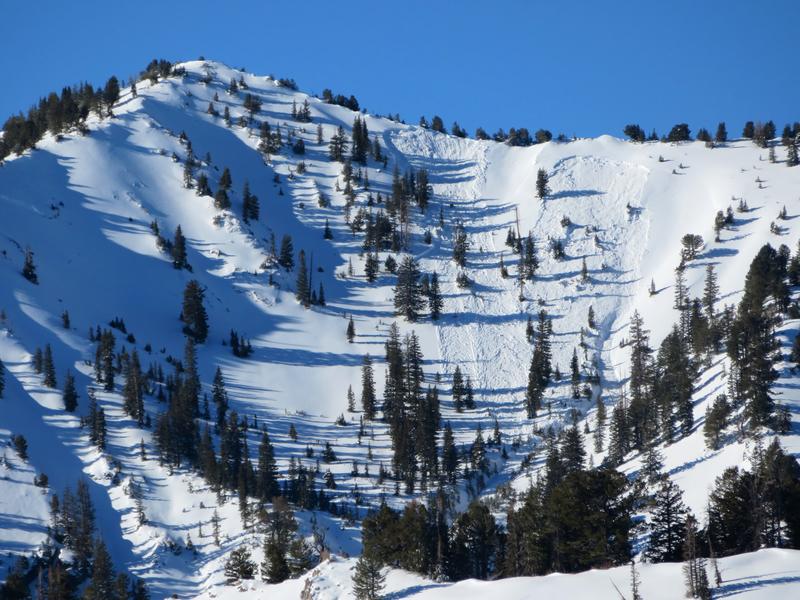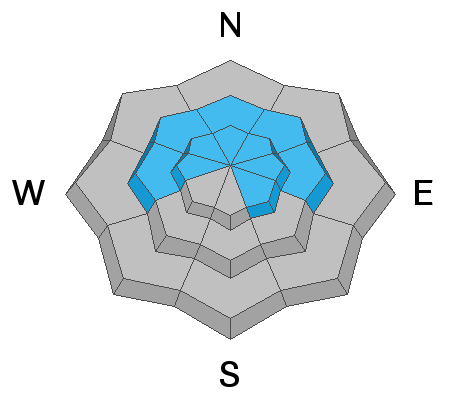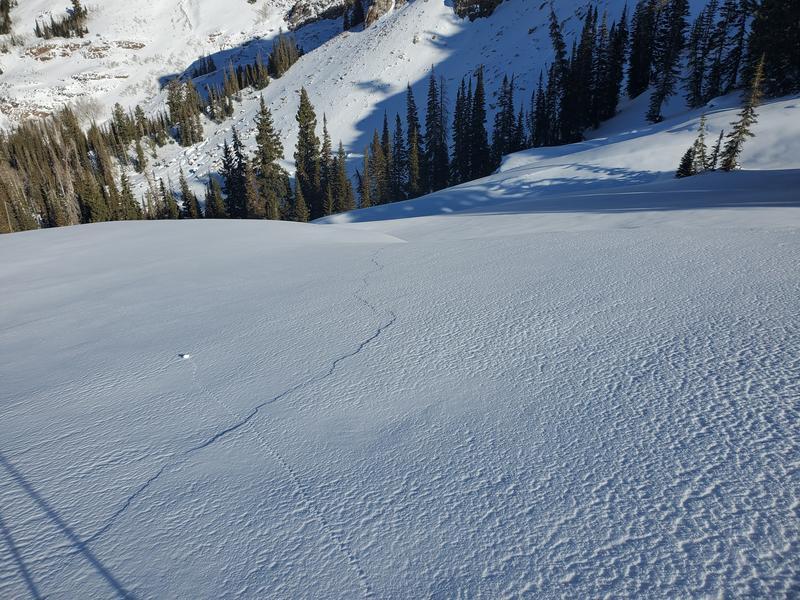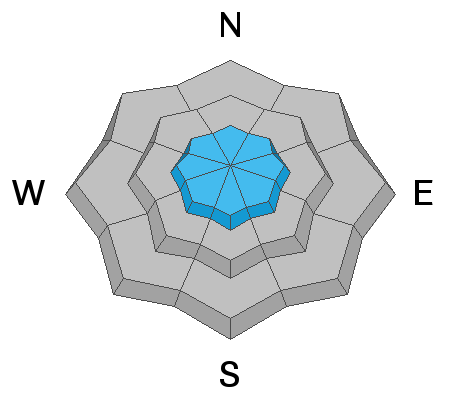Forecast for the Provo Area Mountains

Issued by Nikki Champion on
Saturday morning, December 26, 2020
Saturday morning, December 26, 2020
There is a CONSIDERABLE avalanche danger at upper elevations on aspects facing west, north, and east for triggering large avalanches that are 1-2' deep and up to several hundred feet wide. Avalanches may be triggered remotely and from lower-angled terrain. Avoid being on, underneath, or adjacent to slopes greater than 30°in steepness on these mid and upper elevation aspects.
On upper elevation southerly aspects and mid-elevation west, north, and east-facing aspects, there is a MODERATE danger.
Mid elevation southerly aspects and low elevations have a LOW danger.
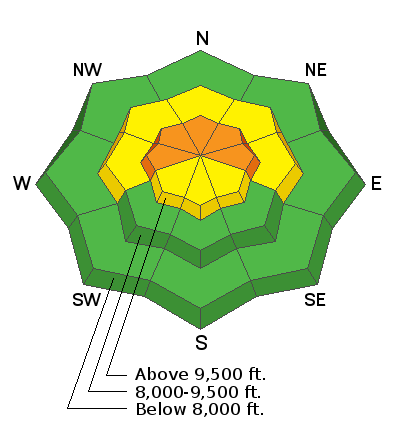
Low
Moderate
Considerable
High
Extreme
Learn how to read the forecast here


